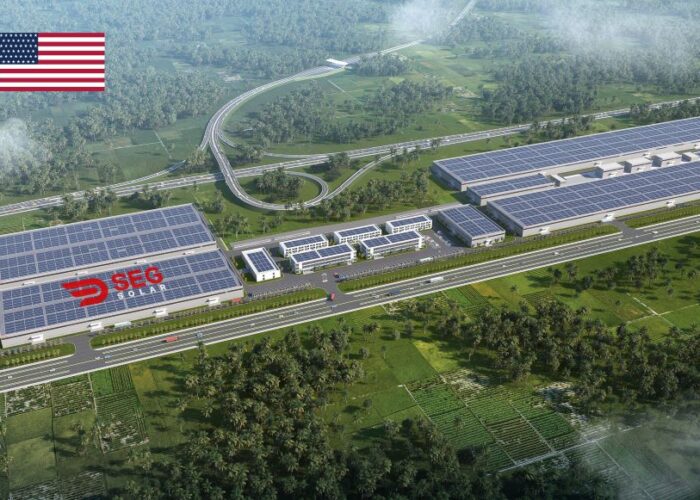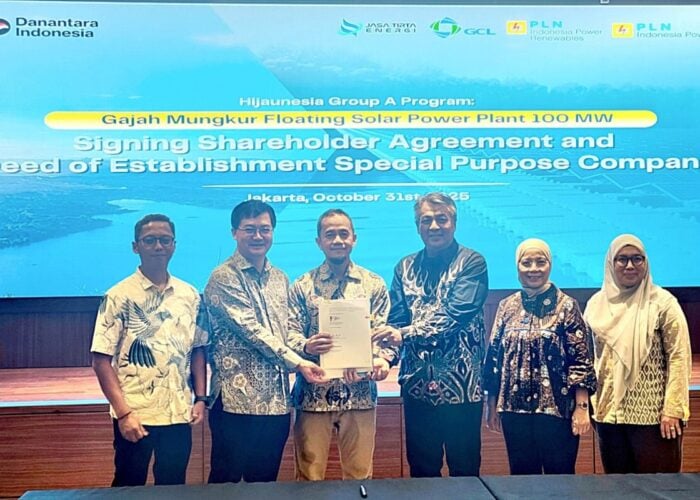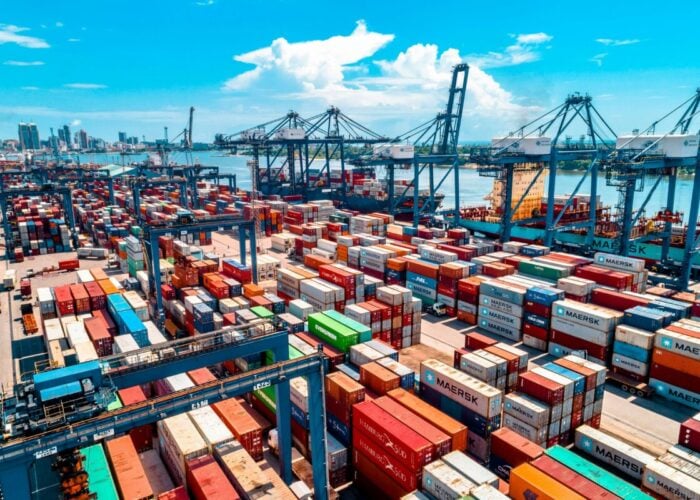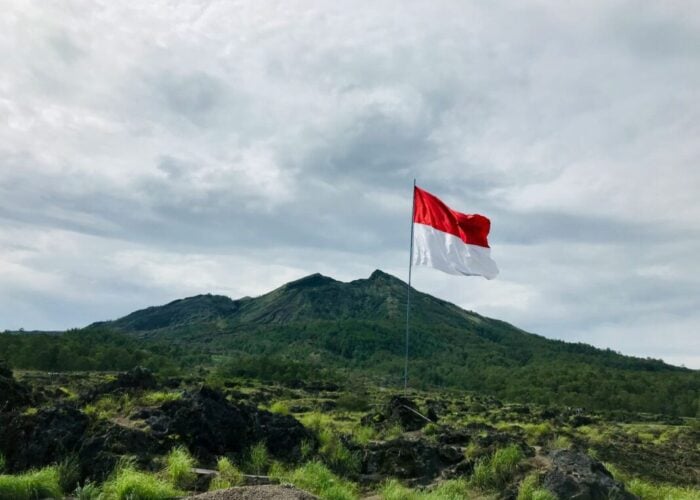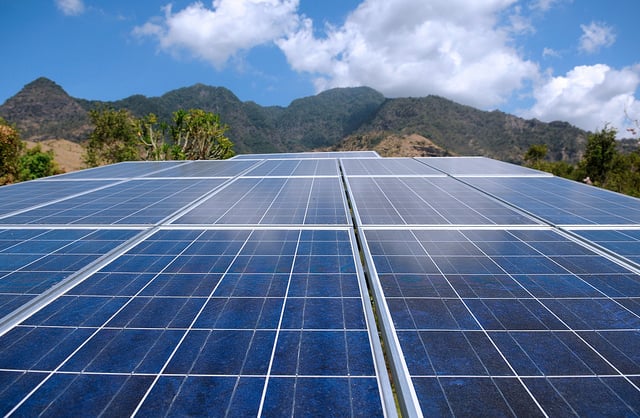
In an unprecedented move, the Directorate General of Electricity under the Indonesian Ministry of Energy and Mineral Resources has pushed through a rural electrification regulation recently signed by the new minister, Ignasius Jonan. This regulation provides the framework on how a private business entity can provide electricity to currently un-electrified regions through business area concessions. It also provide ways to calculate and receive electricity subsidies from the government.
This regulation opens the flood gates to businesses currently providing electrification technologies and business models to rural areas. The exact requirements on how to become an appointed electricity provider is not defined within the regulation. Today there is an abundance of technologies and business models available. Without a complete and responsible feasibility study, there is a huge risk to the communities that they will receive electricity in ways that are neither appropriate nor adequate. Indonesia's diversity means that the energy use needs and growth potential between the communities vary widely.
Try Premium for just $1
- Full premium access for the first month at only $1
- Converts to an annual rate after 30 days unless cancelled
- Cancel anytime during the trial period
Premium Benefits
- Expert industry analysis and interviews
- Digital access to PV Tech Power journal
- Exclusive event discounts
Or get the full Premium subscription right away
Or continue reading this article for free
Who will be performing a complete and responsible energy needs assessment, geophysical survey of the area, studies for social behavior, and economic activity and growth potential compiled as a useful feasibility study? Without knowing these variables, any business model that relies on household tariff collection can fail before it even starts. Farming communities only have cash a few months within their harvest payments. Fishing communities and day labourers at nearby mines or fields typically have daily income. Will the businesses pay attention to these facts and apply the right payment scheme? Or will they assume everyone will pay for all of the electricity produced for the duration of the project?
Even more worrying is that there is no standard of service defined in the regulation. A solar lantern or an inadequate small home system given to each household may be counted as providing electricity service to the community. This means that distributors of these products will be able to get approval to disseminate their wares and get paid through the subsidy fund. What if the community needs more than lanterns or individual systems? What about productive use of energy? What about communities that are better served with mini-grids?
The reverse can also happen where mini-grid providers will be able to install their systems in locations where there is no need. A huge amount of subsidies will be required to build the mini grids in these locations. Unless they are also bringing additional economic activity, the available energy will be wasted.
Rural electrification and its financial viability is a complex issue. It involves engaging with the communities and understanding their needs, both physically and culturally. Understanding their requirements, their potential for growth, and acknowledging their way of living is required for a sustainable electrification program.
Our team members and myself are still learning new things despite having visited over 300 rural communities and engaging with them and listening to their stories. We inspected over 200 solar PV microgrid systems and continue to find opportunities to learn more about how to acknowledge each community as unique social constructs. Only then we can develop and design an appropriate electrification plan using the right technologies and payment schemes that meet their needs.
Despite all of this, the new regulation provides an opportunity for the private sector to engage in electrifying Indonesia's 12,000 villages currently without any access to electricity. If the right companies can take advantage of the regulation, this will create mutually beneficial relationships between them, the Indonesian government and more importantly the community members and households.
Click here for the regulation (not in English).
Susanto recently discussed Indonesia's isolated grids at the Solar & Off-Grid Renewables Southeast Asia event in Bangkok.

